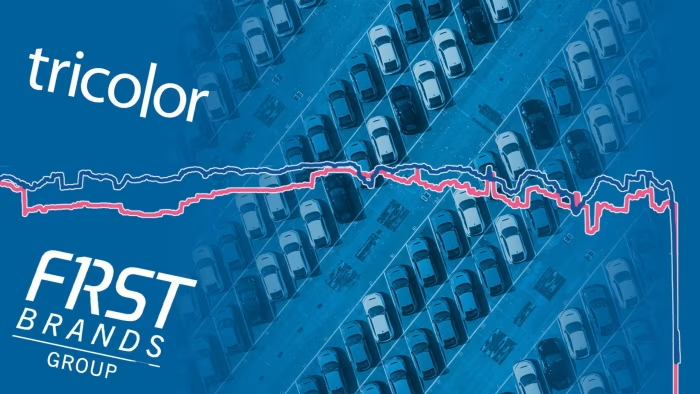Unlock the Editor’s Digest for free
Roula Khalaf, Editor of the FT, selects her favourite stories in this weekly newsletter.
Venture Global is seeking to quell accusations from major energy clients that it plans to sell liquefied natural gas cargoes on spot markets rather than honouring supply contracts from its new export terminal in Louisiana.
The US LNG supplier wrote to clients on Thursday affirming its commitment to deliver on contractual obligations, after selling more than 100 cargoes from its Plaquemines facility before having declared it operational. Such a declaration triggers legal obligations to begin delivering on contracts.
The customers are fearing a repeat of Venture Global’s conduct when it launched its first facility, Calcasieu Pass, from which it sold more than 400 cargoes on spot markets before fulfilling deliveries to customers. The move has led to growing legal and financial pressure on the group after an international arbitration panel ruled last week that the company breached its obligations.
In a filing to US regulators last month, Venture Global requested a delay of its in-service date for Plaquemines by several months to the end of 2027, raising concerns among customers that the company could delay supplying cargoes to them as it did at its Calcasieu Pass facility.
In that case, the company declared force majeure on its contractual commitments in March 2023 on the grounds that the Calcasieu Pass facility’s power supply equipment needed repair, even though it was able to supply cargoes to the spot market amid a price surge following Russia’s invasion of Ukraine.
Spot markets are again priced far higher than long-term supply contracts would fetch.
Saul Kavonic, head of energy research at MST Marquee, said: “Venture Global stands to make over double the revenue by selling cargoes on the spot market compared to selling under their long-term contracts.”
The clients are so-called foundational customers, whose long-term contracts enable Venture Global to raise the money to build its LNG terminals.
Last week the International Chamber of Commerce found Venture Global breached its obligations to BP by failing to deliver cargoes from Calcasieu Pass. It now faces damages claims worth more than $1bn from the UK oil major, as well as four additional arbitration cases filed by customers that could lead to similar judgments.
Rating agency Fitch on Thursday revised its outlook on the company to “negative”, from “stable”, saying “any significant damages are likely to further pressure the company’s financial position in a period of elevated leverage”.
Venture Global’s request for an extension of its in-service date for Plaquemines, which the Federal Energy Regulatory Commission approved on Thursday, prompted two customers, Chevron and Orlen, a Poland-based energy company, to ask the regulators to intervene in the case.
Orlen, which is one of Plaquemines largest customers with a contract to buy 4mn tonnes of LNG a year, said it had “concerns regarding the intentions of Plaquemines parent company” in its submission to US energy regulators.
Shell, also a foundation customer, told the Financial Times it was “closely monitoring activities at the Plaquemines facility to ensure adherence to our contracted commercial operation date”.
When contacted for comment about its letter to customers, Venture Global said its recent filing to US regulators requesting a delay of its in-service date for Plaquemines to the end of 2027 would not change the date it would begin shipping cargos to long-term customers.
“Our request for an extension is a case of aligning our permits with our actual construction schedule,” it said. “To be clear, this request will have no impact on our expected commercial operations date, which remains unchanged from what has been communicated and agreed upon with our customers.”












